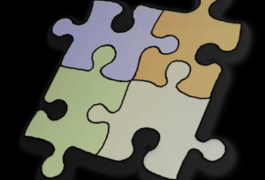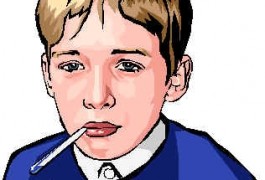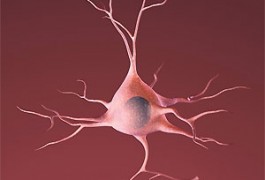Puzzling pieces
If you think of the brain as a hopelessly complex jigsaw puzzle, the brains of autistic people, it turns out, are missing a key piece.

If you think of the brain as a hopelessly complex jigsaw puzzle, the brains of autistic people, it turns out, are missing a key piece.
This monthʼs Scientific American features an article about autism that debates one of the most vexing questions in the field: how real is the autism epidemic?

For parents, a child with a fever is usually cause for worry. But according to an intriguing item that appeared in this monthʼs Pediatrics, fever could prove a mixed blessing for a child with autism.

The dogma in neuroscience used to be that after a certain age, the brain just didnʼt generate any new cells. But we now know thatʼs not true. There are certain triggers ― most notably, exercise ― that stimulate the growth of neurons. And for the first time, thereʼs an imaging technique that can be used to identify these young nerve cells in living human brains.

The genetics of autism are far from simple, but thereʼs a lot of evidence that some of the unmistakable signs of autism in a child are often present in the parents. When the child is diagnosed, it can be doubly difficult for that parent to discover that shades of the disorder run in the family tree. Thatʼs the topic of an article in this weekendʼs New York Times.